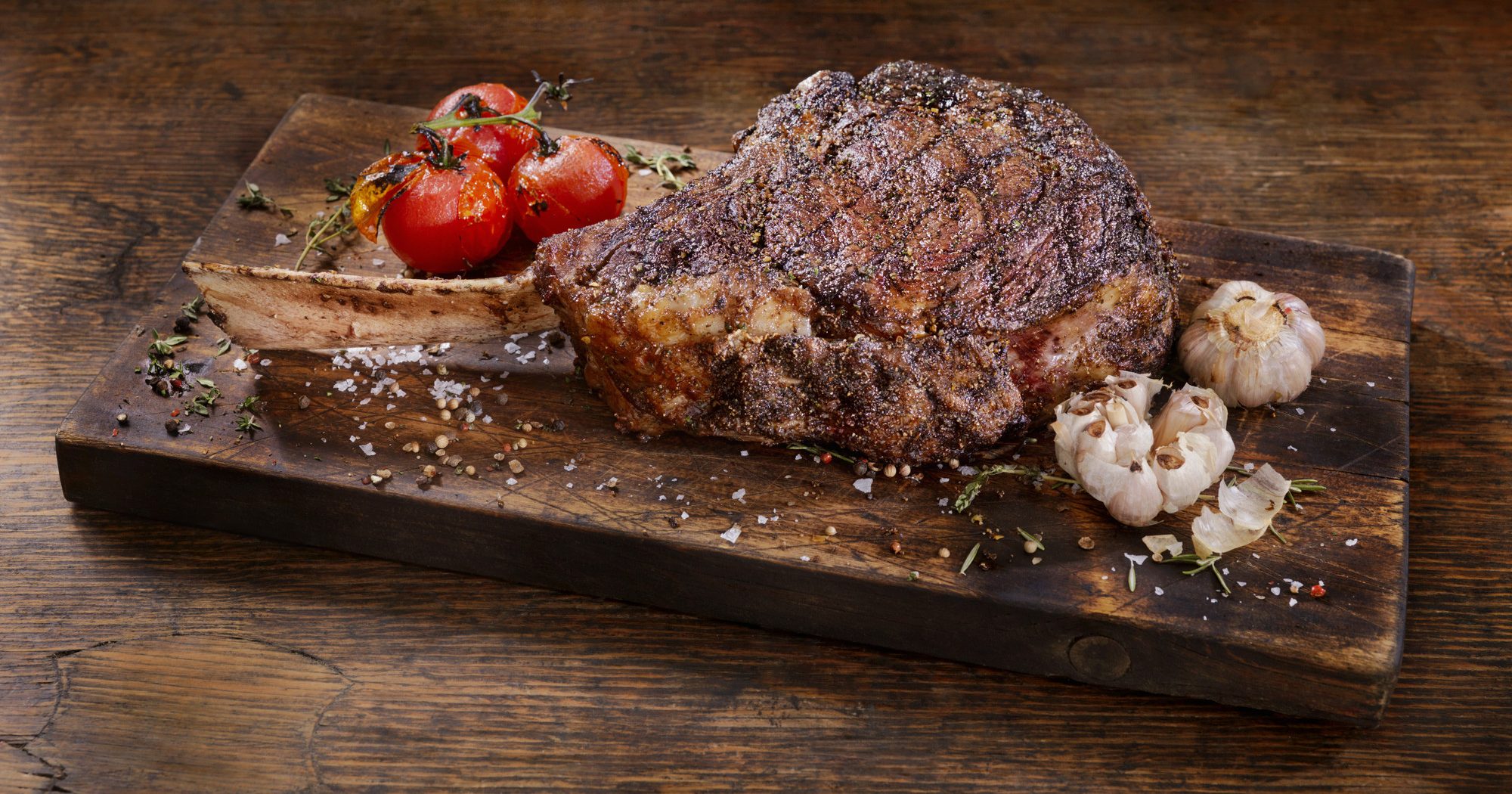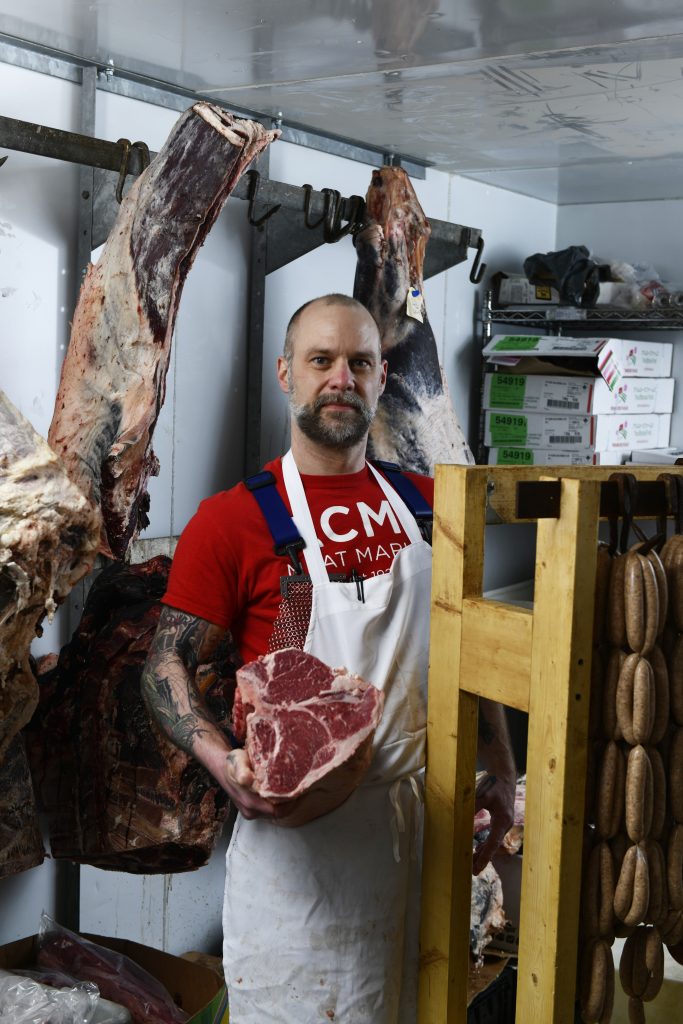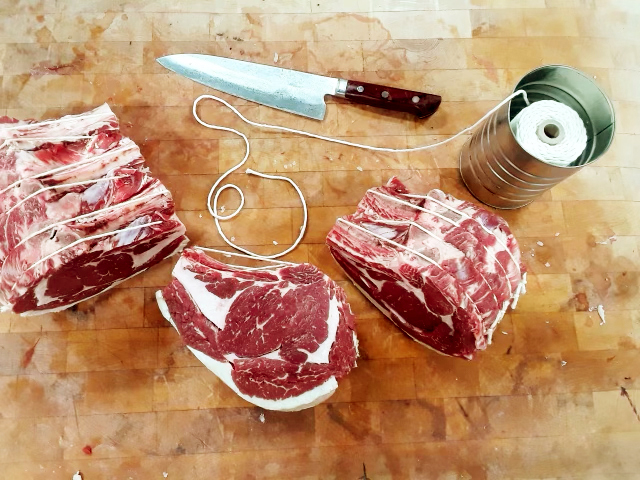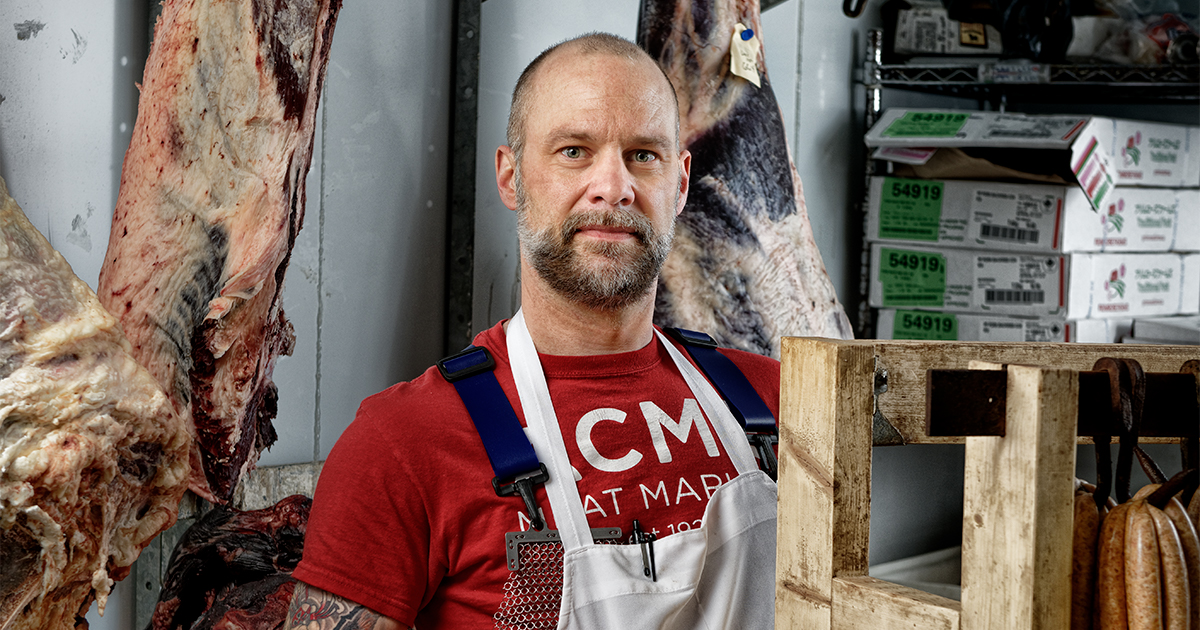AB Direct - Steers
Rail: 493.00-495.00 del
AB Direct - Heifers
Rail: 493.00-495.00 del
US Trade- Steers
Rail: 355.00 (IA, NE)
US Trade - Heifers
Rail: 355.00 (IA, NE)
Canadian Dollar
0.06

The art of the roast
As we hunker down for colder weather and the winter months ahead, I am preparing for a shift in demand at the meat counter. Typically, I see a lower volume of walk-in consumers as compared to the summer months, but they are buying in larger quantities, more freezer packs, less beef aimed for the BBQ, more demand for comfort and savoury foods and a return of demand for the Alberta beef roast.
For many of my customers looking to buy roasts, they bring a lot of questions and some apprehension as well, when it comes to cooking or preparation. They do not want to ruin a good roast.

For generations before us, the art and understanding of cooking the perfect roast was common. Roasts were weekly debuted at the family dinner table. Now, as a result of today’s fast paced lifestyle, there are fewer at the family dinner table. Roasts have become more of a special occasion selection, but they don’t have to be.
From budget to timing to preparation, roasts are as diverse as the many cuts they come in. From sirloin tip to prime rib roasts, to round, chuck or blade roasts, the options at the dinner table and ways to cook them, from slow cooker to the roasting pan – there’s a beef roast to suit each and every customer that walks in our doors at Acme Meats. In some cases, too, I am seeing a rise in a return to the roast – a growing pandemic trend as our consumers are returning to the staple and relishing in more at home meal preparation.
The biggest portion of what is produced in the beef animal goes to roast product. As a butcher, I dedicate a lot of time to cutting the various roast cuts, but even more than mastering the cuts of beef is the art of tying these roasts. We tie roasts to give the roast a uniform shape, allowing it to cook more evenly. Perhaps too, tying roasts has become more commonly a lost art. It was one of the first things that I learned in my schooling to become a butcher. At Acme Meats, we are in our 100th year of family business, and I feel that we are one of the only remaining shops that knows how to tie bone in roasts. There are so many types of butcher knots. My dad was a butcher, and his knot was completely foreign to me. I could not replicate his knot and when he looked at my knots, he said the same thing. Everyone has their own technique of their own tie. Not unlike beef producers I suspect – who have their favourite knots, or unique methods to tying.
For my customers seeking an easy and savoury meal, I highly recommend the chuck roast. The chuck comes from the muscle between the neck and shoulder blade of the beef animal. What I like most about this cut is that it is really easy. Simply put it in a slow cooker or crock pot with some moisture – like bone broth, or red wine or even simply water, to let the excellent flavour of the beef shine through. Put it on high for 6-8 hours and it will shred apart. Savoury and simple.
The Art of Cooking an Exceptional Roast
For oven roasts like the prime rib cut or sirloin roasts, the most common question is, “how long do I cook it?” That answer is a little more difficult as every oven can be different both in temperature and hot spots. My rule of thumb is to rely on a good thermometer. For beef I follow this guideline for internal temperature readings:
Rare: 125°F
Medium Rare: 135°F
Medium: 145°F
Medium Well: 150°F

I recommend for roasts like round or hip, to not cook past medium as they are a leaner roast and will toughen up more quickly. Whereas the ones that do have more marbling or fat content like prime rib roasts or sirloin, are more fibrous so you can cook them longer, slower, lower, and they will deliciously fall apart.
Before cooking a roast, it is important to allow the meat to first meet room temperature before putting into the oven and even more important is to let the roast rest outside of the oven, once it has reached your desired temperature. This is key to a good roast that you plan to carve. Letting it rest for 15-20 minutes and covering it with foil, helps to maintain the roast’s own juices. The roast will firm up as well, making it easier to carve.
For me, as a butcher, I am proud of the exceptional Alberta Beef product that I serve my customers. I enjoy the engagement and questions that they bring to the beef counter. What has been really exciting for me and perhaps the biggest surprise this past year is the intense interest they have shown in ABP magazine. I provide copies here at the store and they fly off the shelves. As soon as it is in, it is out. It is such a visually beautiful magazine and the beef product on the cover to them is relatable. Even though this magazine is designed for producers, my customers are genuinely interested in learning about where their food comes from, the producers who stand behind it, and the issues and opportunities they face.
This article was first published in Volume 1 Issue 4 edition of ABP Magazine (November 2021). Watch for more digital content from the magazine on ABP Daily.

